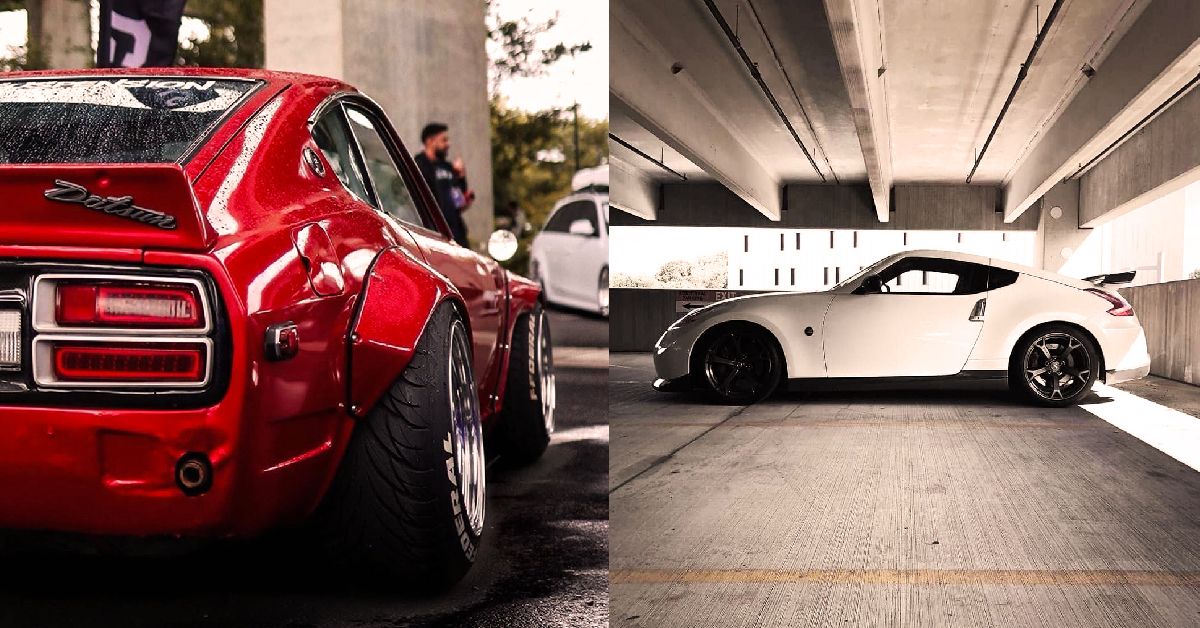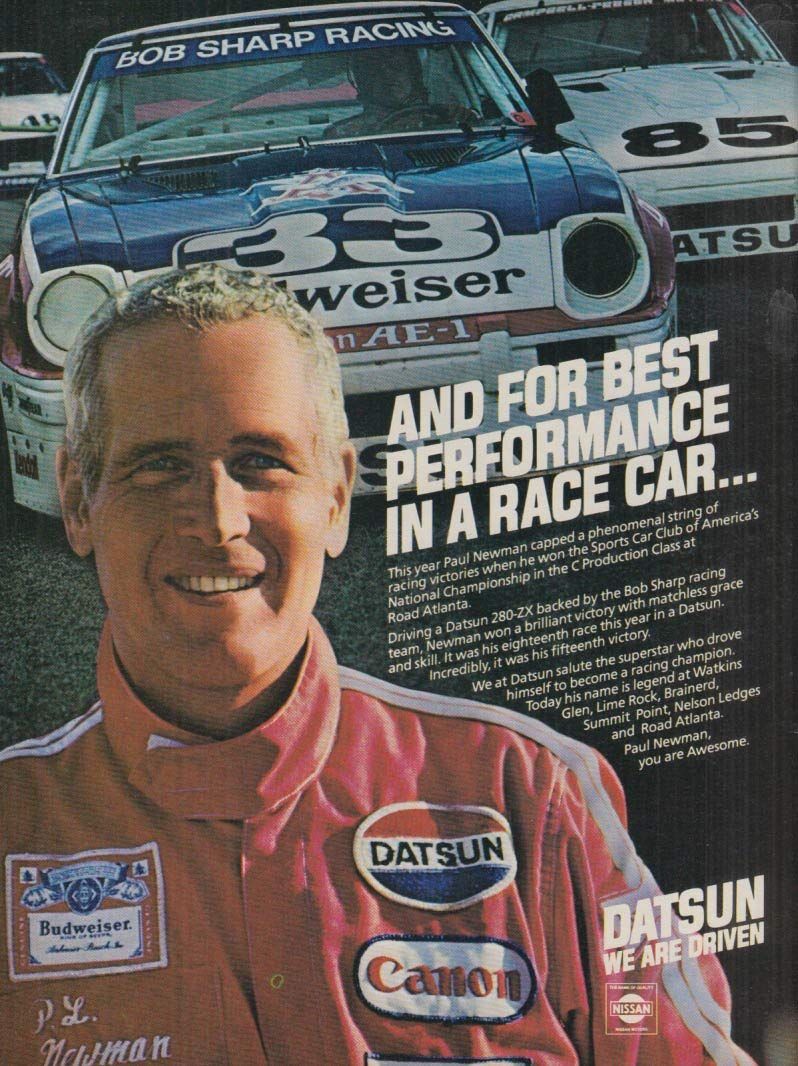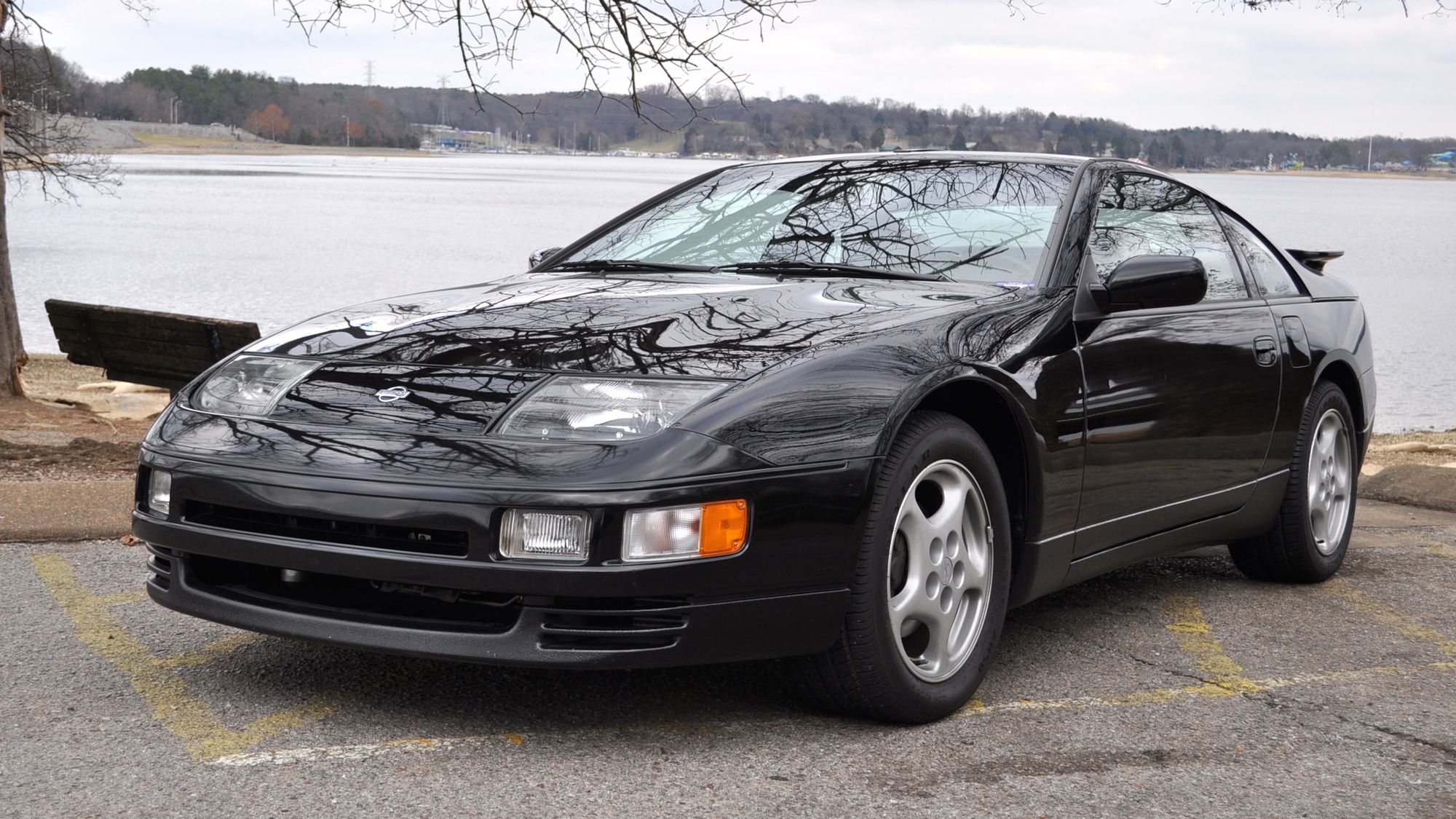The Japanese automotive industry secured its dominance at a key time in the development of the automobile. Gas prices were going up, concerns about the environment and the cars impact on it came into focus, people were clamoring for a cheaper and more reliable cars and Japan delivered.
This doesn't mean, however, that Japan was a one trick pony, even all the way back in the seventies when the Civic and Corolla were filling the role once filled by the Model T. Japan had already had its own fascination with speed and performance. There were cars that the US would have to wait decades to get, like Nissan's legendary Skyline range. Toyota had the 2000GT that even managed to make its way into a James Bond movie. Mazda was putting rotary engines in the Cosmo and later the RX3.
There was one company that was offering performance from the land of the rising sun out of the box. Their first foray was their version of the typical British roadster in their 1500 and 2000 models that were entered in SCCA racing initially to little success. That was before Nissan in Japan approached a man named Pete Brock. His recognizable Datsuns with the blue and red stripes became a dominant force in Trans Am 2.5 with the 510. The 510 went on to become a popular choice for club racers perhaps only eclipsed by the Miata decades later.
Giant Killer
It's the Z car, however, that really carried the sports car banner for Datsun in the States. Again, it was a beneficiary of timing. Smog and safety regulations were neutering the big American muscle cars who, by the late sixties and early seventies, had grown enormous and clumsy. By 1975 the once fire breathing standard of the common man's sports car the Corvette had gone from the staggering 435hp 427s to the anemic 350 cubic inch V8 eeking out a disappointing 165hp.
The Z car with its 2.4 liter six cylinder was able to match that in a car that was smaller, lighter, and cheaper. By 1975 the engine had grown to 2.8 liters and was producing 170hp. While the Corvette struggled, issuing more and more garish styling to mask the lack of performance, the little Datsun was delivering power and performance that Corvettes and Porsches of the time were offering at much higher prices.
The racing continued to be a realm of success, including for its celebrity driver Paul Newman, moving the z from SCCA to IMSA.
Like so many other badges, the Z-car was to become a victim of its own success. The ZX saw not only a face lift, but a change in marquee from Datsun to Nissan and luxury touches including a seat that shook with your music for some reason. The power increased with the 300ZX and 300ZX turbo offsetting the luxury touches, but the pricing started to creep up as well.
By the 90s the fourth generation arrived. By now the Z car wasn't the plucky upstart or poor man's alternative, it was compared to top models from Porsche and recently revitalized Corvettes. When fed by twin turbo chargers the car was able to crank out 300hp and now was laden with luxury additions. It was a great car, earning Import Car of the Year from Motor Trend in 1990.
The 90s Were Peak Japanese Sports Cars
Unfortunately, the 90s became a high watermark for Japanese performance cars. The twin turbo 300zx was joined by the Toyota Supra that moved on from being a hot version of the Celica to a monster with the 2jz gte engine. The three icons of Japanese performance all hit amazing peaks in performance and looks including the RX7 over at Mazda, they also now had prices that matched, and suddenly the allure of the Japanese sports car faded. As America's fascination with the SUV started got into full swing, one by one the Japanese sports cars vanished from our shores, including the 300ZX and it's twin turbo monster.
The Z badge returned in 2003 with the 350Z which marked a return to simple sports car performance at a lower price point. With the Porsche Boxster as their benchmark, the 350z and 370z have carried the original Z cars banner of affordable world class performance.
Unfortunately, the tiny sports car that hasn't received a major upgrade since 2008 has not been able to escape Nissan's wider issues that have put a blanket on sales and taken the z out of the public conscious. Nissan isn't ready to give up on it again yet, though, as a new engine refresh hopes to revive both the z car and Nissan's fate moving forward.



